
For many years, young performers have appeared in movies and TV shows, and sometimes the parts they play cause controversy. People often worry about whether these roles are inappropriate – perhaps too sexualized or violent – or if the production properly protected the child during filming. While many productions use precautions like stand-ins, on-set tutors, and close monitoring to follow the law, public concern has frequently led to reviews of how minors are depicted in entertainment by rating boards, studios, and legislators.
‘Pretty Baby’ (1978)

Okay, let’s talk about ‘Pretty Baby.’ Seeing Brooke Shields at just 12 years old playing a child in a New Orleans brothel is… complicated, to say the least. The filmmakers tried to navigate a really tricky situation, using doubles and working within the legal limits of the time, even having a tutor on set. But despite those efforts, the movie caused a huge uproar. Several countries demanded cuts because of how a young girl was portrayed, and the posters and marketing materials actually sparked formal complaints and a debate about how you can even advertise something like this. It was a really controversial film, and honestly, even revisiting it now, it feels… problematic.
‘Taxi Driver’ (1976)
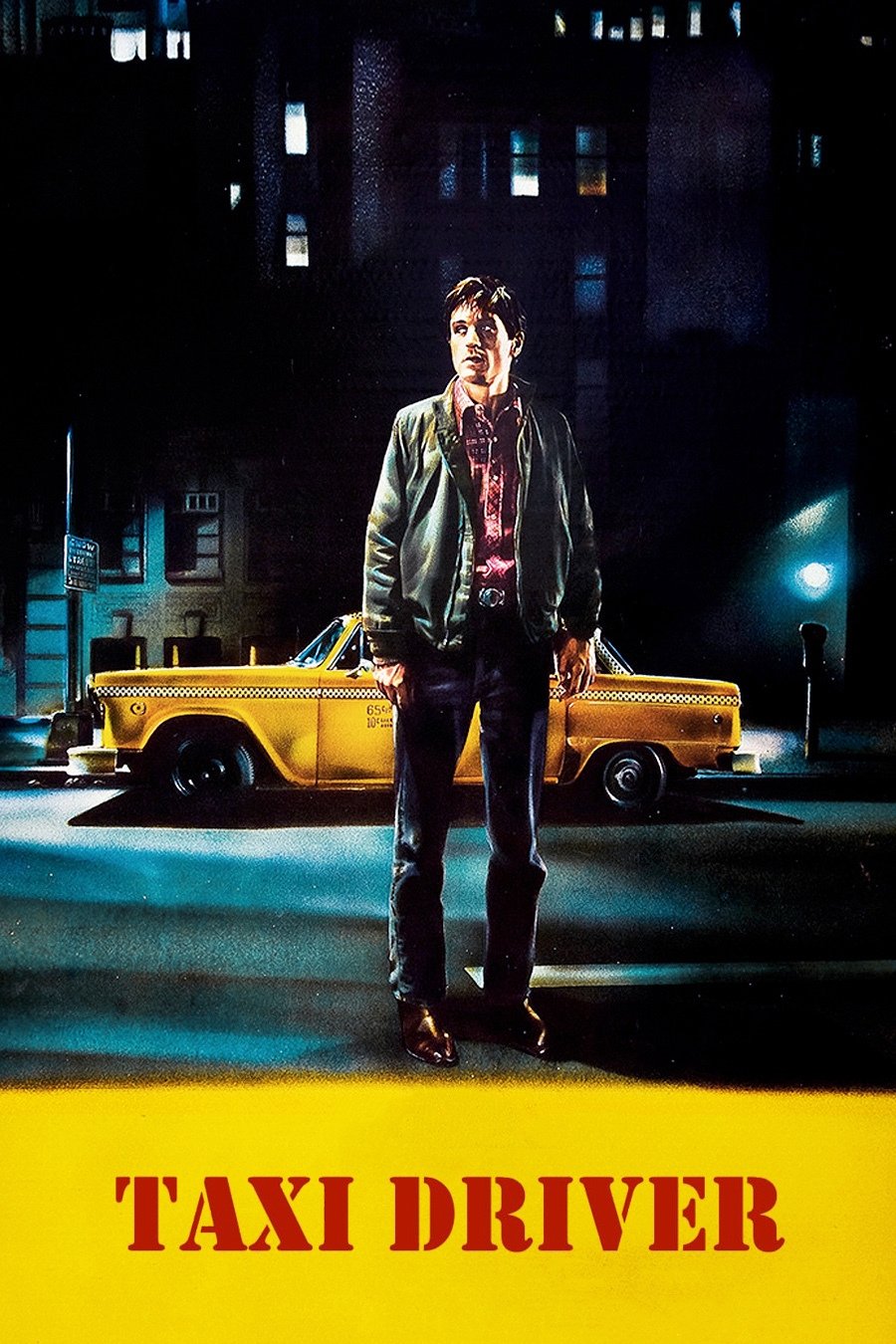
When Jodie Foster was just 12 years old, she played Iris, a vulnerable young girl exploited by adults, in the film ‘Taxi Driver’. Because of the sensitive nature of the role, professionals – including social workers and a welfare advocate – were on set to help. Her sister stood in for some of the more suggestive scenes. The film sparked a lot of public debate about the appropriateness of having a child actor deal with such mature themes. The studio kept careful records of her tutoring and limited her work hours to ensure they followed all the rules and regulations.
‘The Exorcist’ (1973)

Okay, so watching ‘The Exorcist’ again, it really struck me how complex the production was, especially considering Linda Blair was just 13 during filming. Those possession scenes were intense, and they didn’t achieve them with simple tricks – it was a lot of prosthetics, puppets, and using stand-ins for the really difficult stuff. What I found fascinating was learning they had a teacher and guardian on set at all times, and kept her work hours short to follow child labor laws. It also got me thinking about the discussions surrounding the film – how much of that disturbing religious and psychological content did a young actress need to understand? It’s a lot to ask of anyone, let alone a teenager.
‘Lolita’ (1962)

As a film buff, I always find the story behind ‘Lolita’ fascinating. Sue Lyon was barely a teenager when she took on that incredibly challenging role, adapting Nabokov’s novel for the screen. The filmmakers definitely toned down the more explicit parts of the book, but the marketing still played up the controversial aspects. It actually caused problems in some countries, requiring cuts and limiting who could see it. And honestly, it became a key case for ratings boards when they were figuring out how to handle sensitive themes involving young people in movies – it really set a precedent.
‘Hounddog’ (2007)

When Dakota Fanning was 12 years old, she filmed a difficult scene for the movie ‘Hounddog’ that depicted a simulated assault. Though sensitive, the scene was carefully planned and filmed with precautions: it took place on a closed set, involved no nudity, and was monitored by a child welfare advocate. Despite these measures, the movie sparked protests from advocacy groups who asked for limits on its release. Ultimately, ‘Hounddog’ received an R rating and became an example of how filmmakers can document safety measures when dealing with challenging content.
‘Kick-Ass’ (2010)
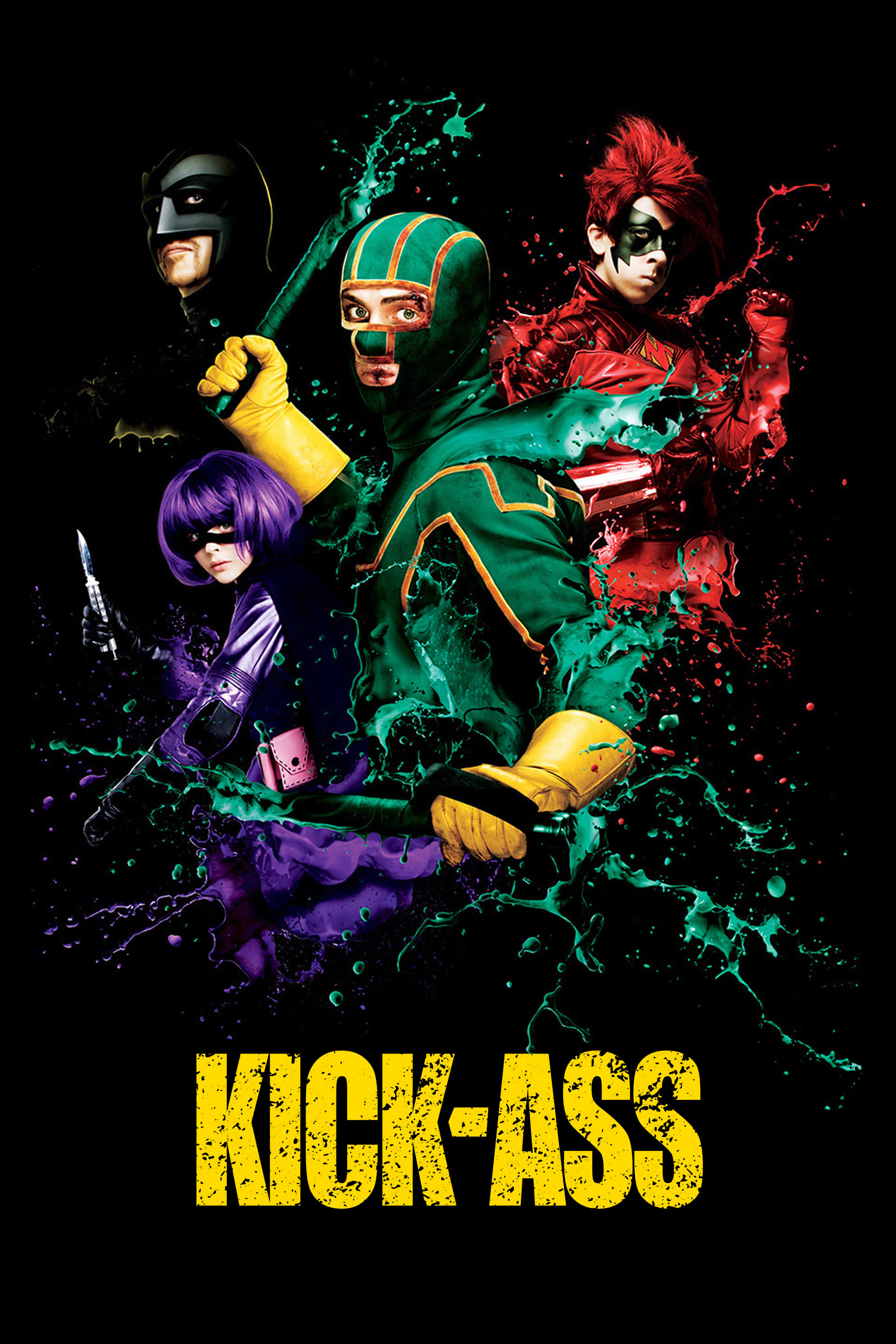
When Chloë Grace Moretz was just 11 years old, she underwent rigorous training in fight choreography and weapon use for her role as Hit-Girl in ‘Kick-Ass’. The film’s strong language and over-the-top action sparked debate about what content is suitable for young audiences. To ensure her safety and continue her education, the filmmakers used stunt doubles, fake weapons, and on-set teachers. Rating boards gave the film age restrictions primarily due to its language and violent scenes.
‘Léon: The Professional’ (1994)
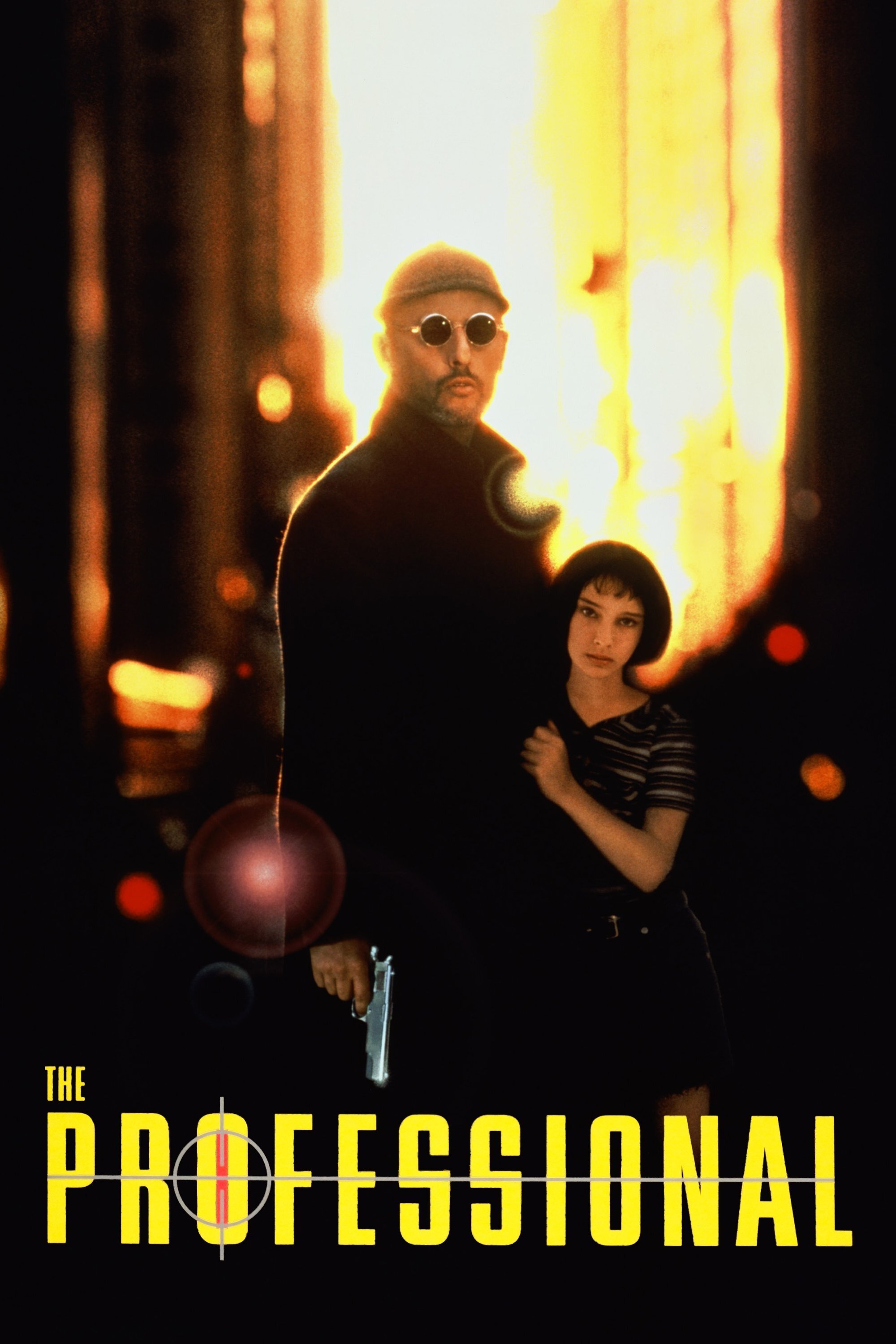
I recently rewatched ‘Léon: The Professional,’ and it’s impossible to ignore the complexities surrounding Natalie Portman’s role. She was just 12 years old during filming, and looking back, it’s clear the production went to great lengths to manage the sensitive subject matter. The American release actually toned down some of the more suggestive elements found in international versions, and every scene with Portman was heavily supervised. I’ve seen the casting calls – they detailed mandatory tutoring, strict working hours, and a guardian always being present. It’s a film that still sparks debate within the industry about appropriate boundaries when depicting relationships between a minor and an adult, especially one as dangerous as Léon. It’s a fascinating, if sometimes uncomfortable, watch knowing the context of its creation.
‘Birth’ (2004)
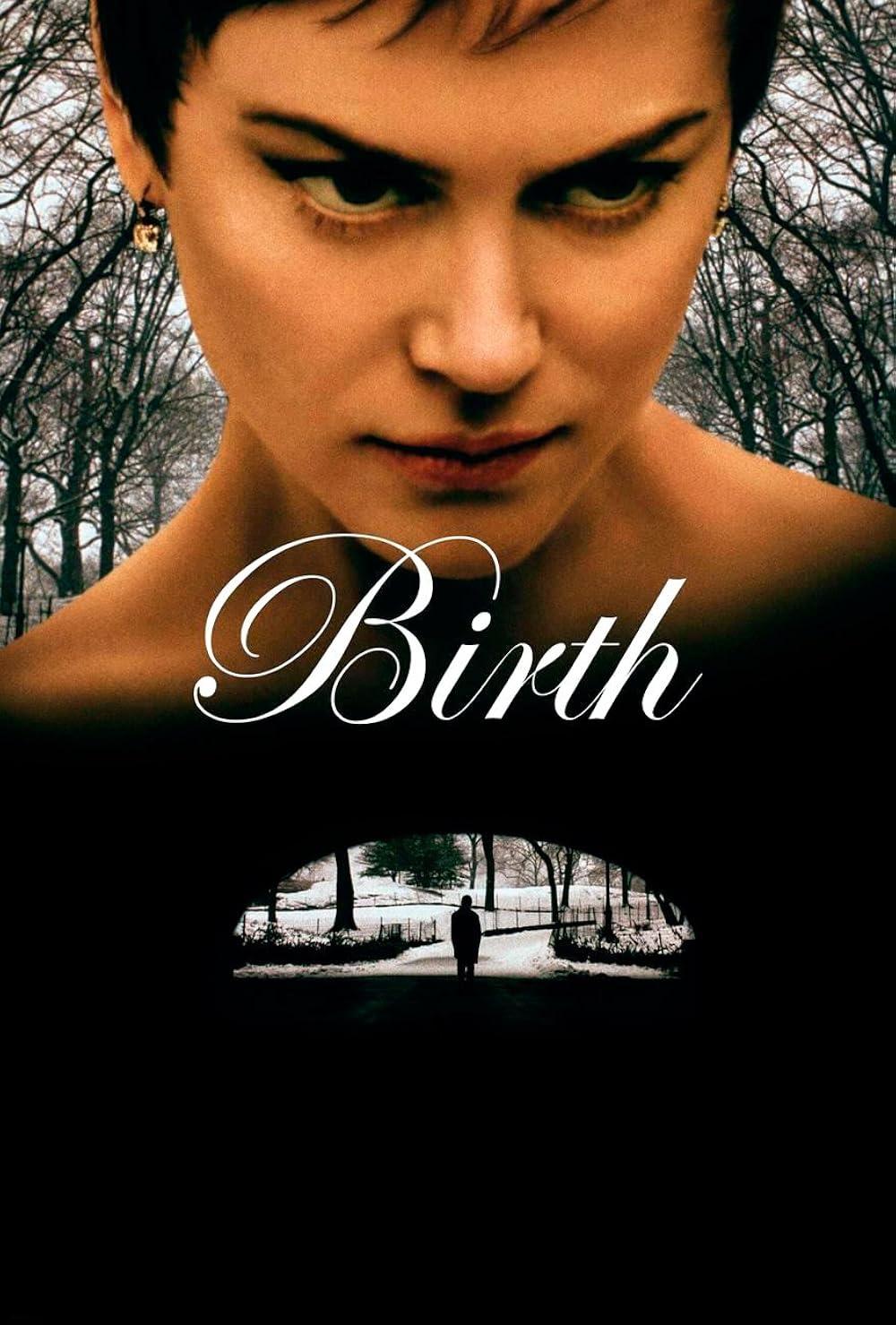
Cameron Bright was just 10 years old when he acted alongside Nicole Kidman in the film ‘Birth,’ which included a memorable kissing scene. To protect him, filming employed techniques like camera angles, body doubles, and kept the set closed to all but essential personnel, with both guardians present and child welfare professionals monitoring the situation. The film’s distributor highlighted these safety measures to the media, and the movie received a mature rating, ensuring it was marketed to adults.
‘Cuties’ (2020)
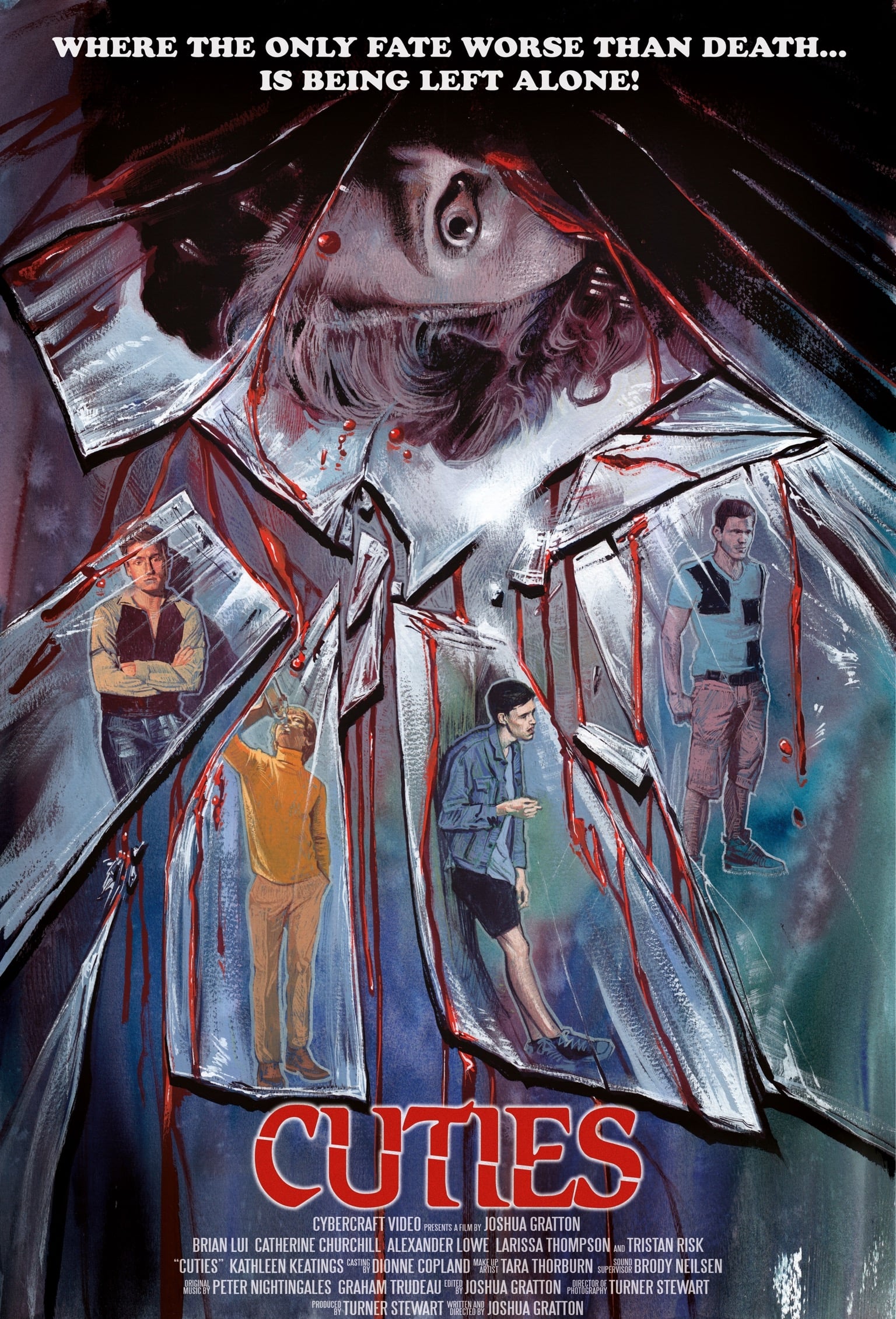
The French film ‘Cuties’ tells the story of young dancers dealing with the challenges of growing up and the influence of social media. It sparked debate when promotional images and online previews were seen as overly sexualized. The director explained the film was actually meant to be a criticism of exploitation, and the release included information to help viewers understand its message. Different countries gave the film different age ratings and added warnings about its mature themes.
‘Kids’ (1995)
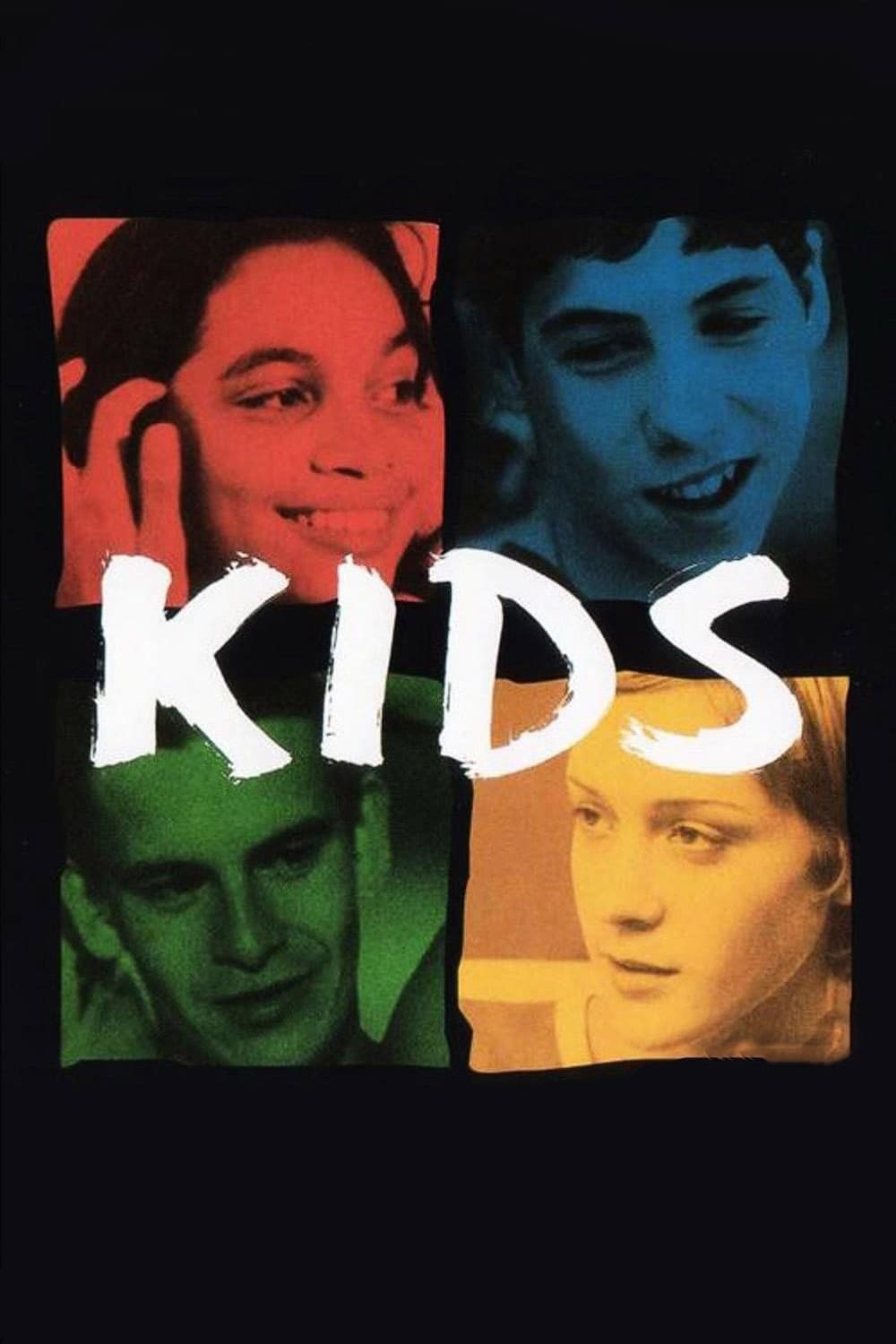
The movie ‘Kids’ primarily featured teenage actors playing out dangerous situations over the course of a single day in New York City. Because the actors were minors, the production team obtained consent from their guardians, provided on-set tutoring, and kept workdays short. Due to its mature and explicit content, the film received an unrated designation in certain areas after difficulties obtaining a standard rating. Film festivals and stores put restrictions in place to ensure only adults could watch it.
‘Twilight Zone: The Movie’ (1983)
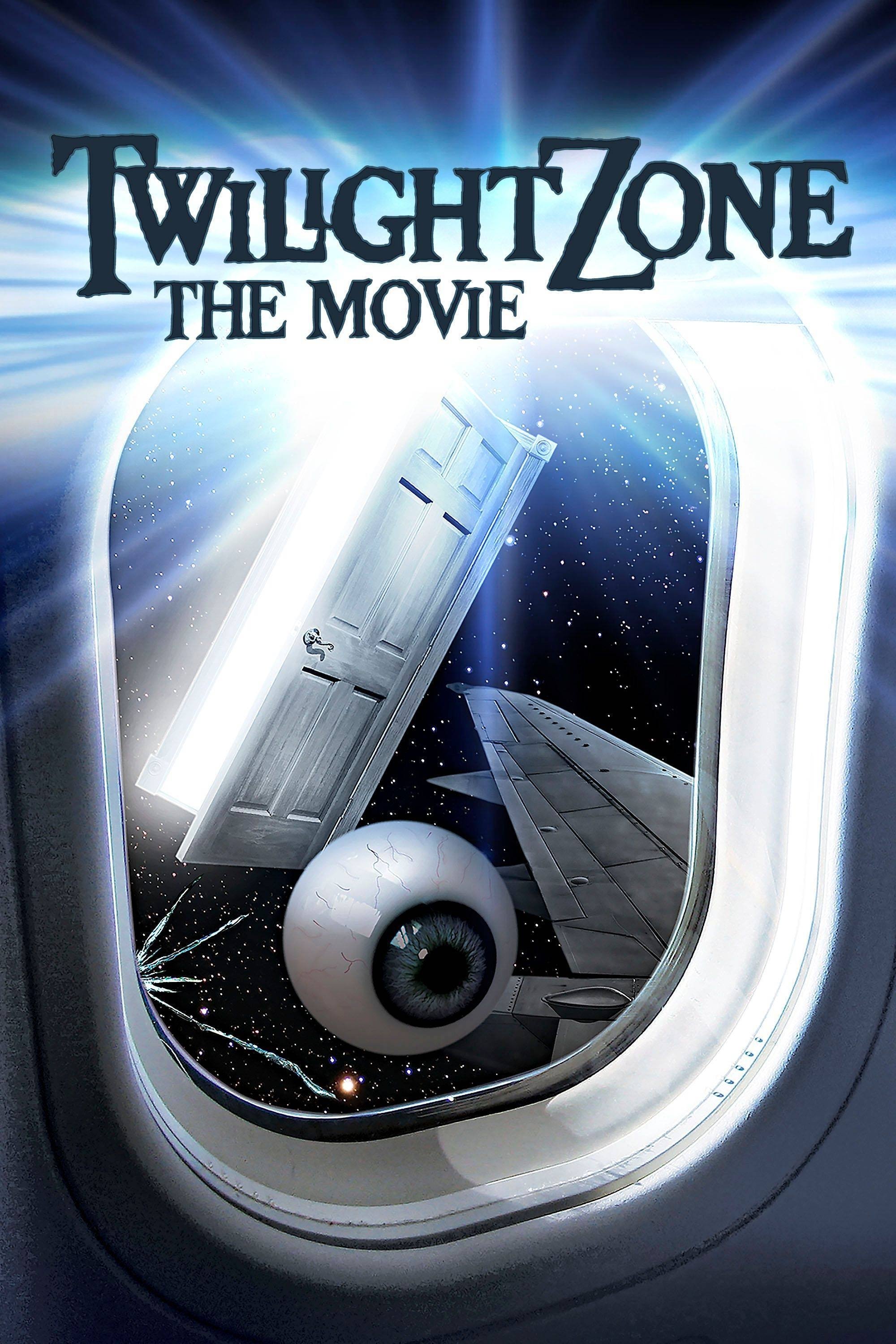
During the filming of ‘Twilight Zone: The Movie,’ a tragic helicopter stunt accident claimed the lives of actor Vic Morrow and two child actors. Investigations revealed that the accident occurred due to violations of rules regarding late-night work and inadequate safety planning. As a result, stricter laws were put in place to protect child actors, including better enforcement of work permits and improved safety procedures for stunts involving minors. Film studios also began to more carefully assess risks and update their insurance policies when filming with children.
‘Tideland’ (2005)
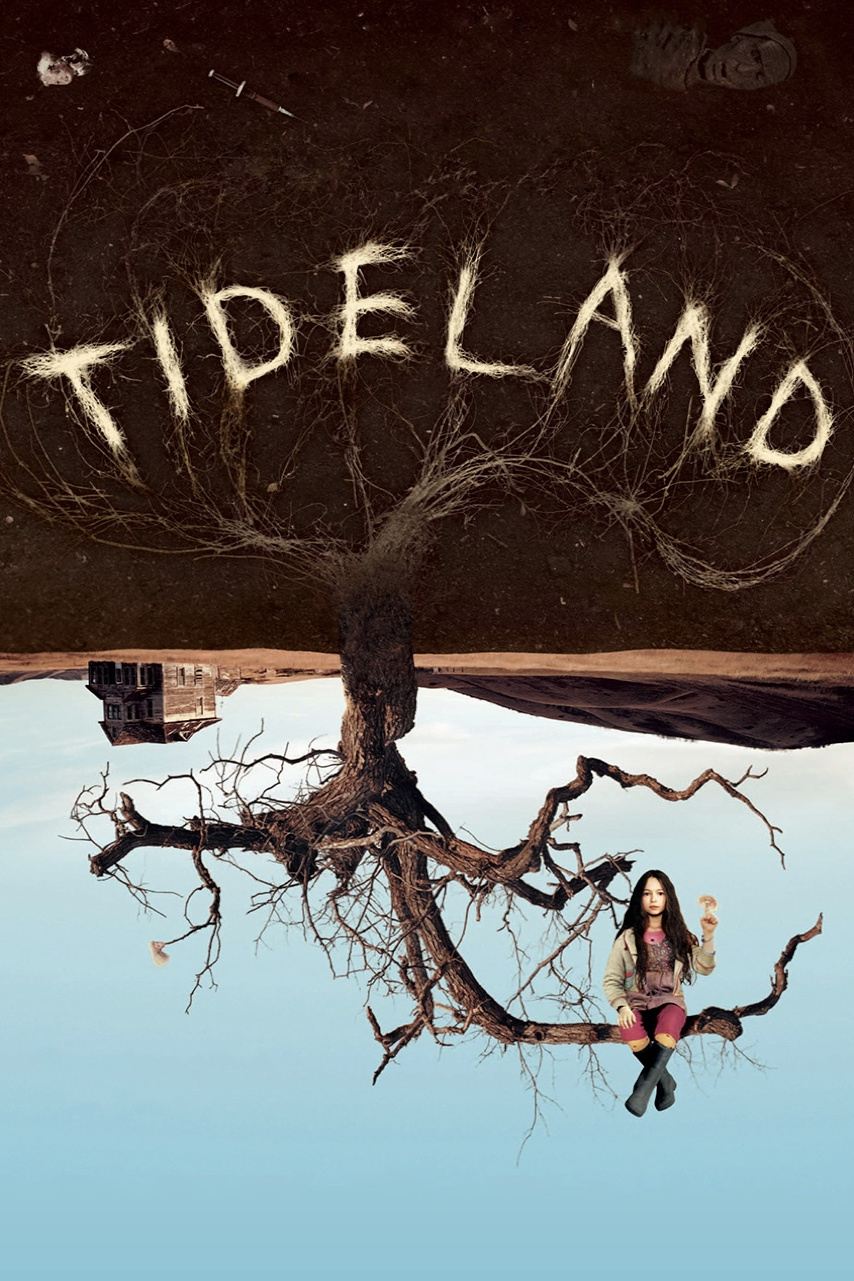
Jodelle Ferland played a child dealing with difficult and mature themes in the film ‘Tideland.’ During filming, coaches helped her portray scenes through the eyes of her character, focusing on imagination rather than strict realism. The film’s distributor created resources for teachers and provided warnings about the content for festival audiences. Ratings boards noted the film’s consistently dark subject matter and suggested adult supervision for viewers.
‘Thirteen’ (2003)

When Evan Rachel Wood was 14, she starred in the film ‘Thirteen’, playing a teenager struggling with self-harm, stealing, and drug use. During filming, strict safety measures were taken, including on-set tutoring, limited work hours, and constant adult supervision, all carefully documented. The film’s marketing focused on the serious consequences of these behaviors, rather than portraying them as glamorous, and it received an R rating with specific warnings about its content.
‘The Good Son’ (1993)
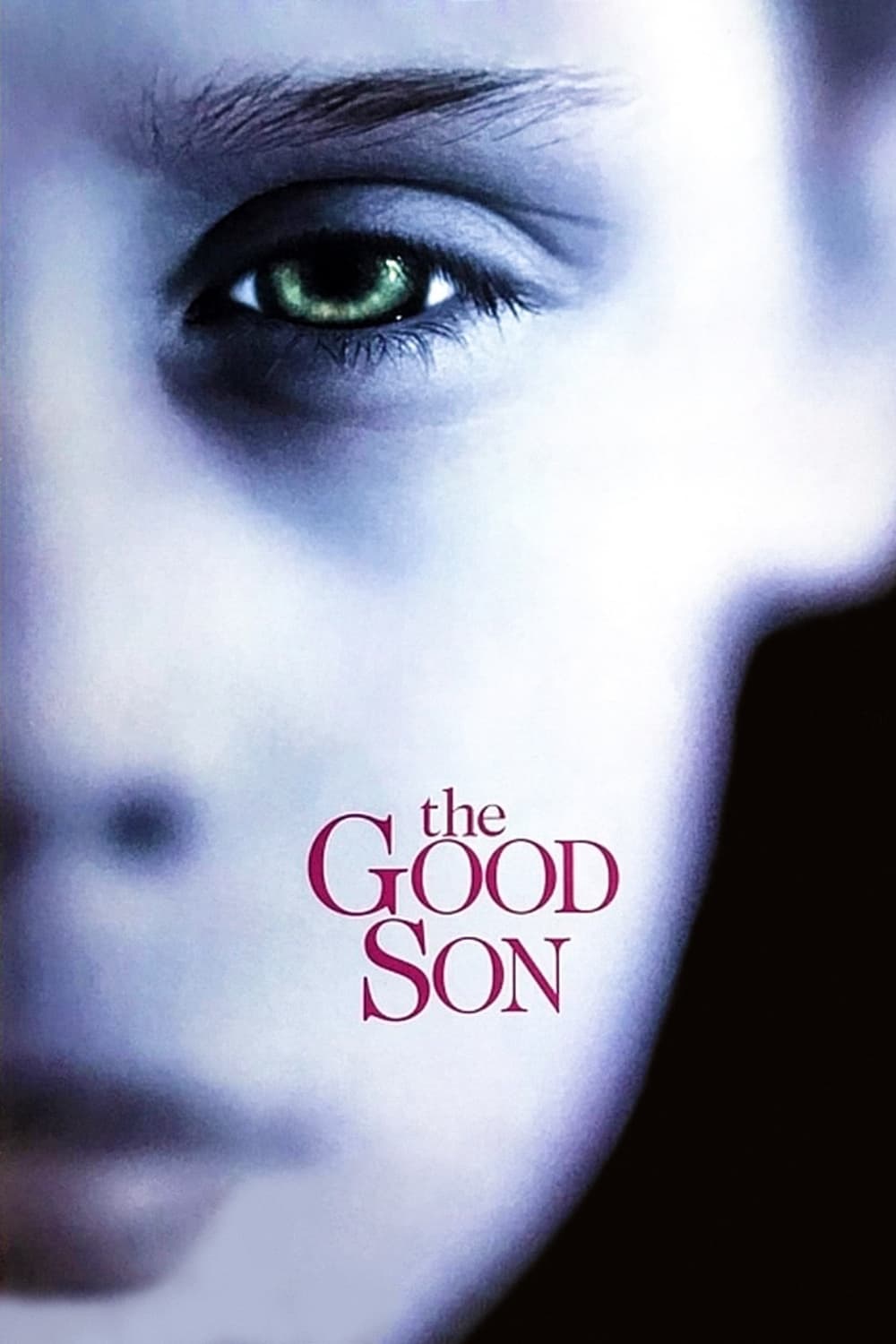
In the film ‘The Good Son,’ Macaulay Culkin played a character who was secretly controlling and violent. Filming involved careful planning to ensure everyone’s safety during stunts, as well as providing on-set education and limiting the actors’ work hours. The studio made a point of emphasizing that the movie’s disturbing themes were very different from Culkin’s usual, wholesome image. Because of its mature content, the film was rated R, meaning younger audiences couldn’t see it in theaters.
‘Moonrise Kingdom’ (2012)
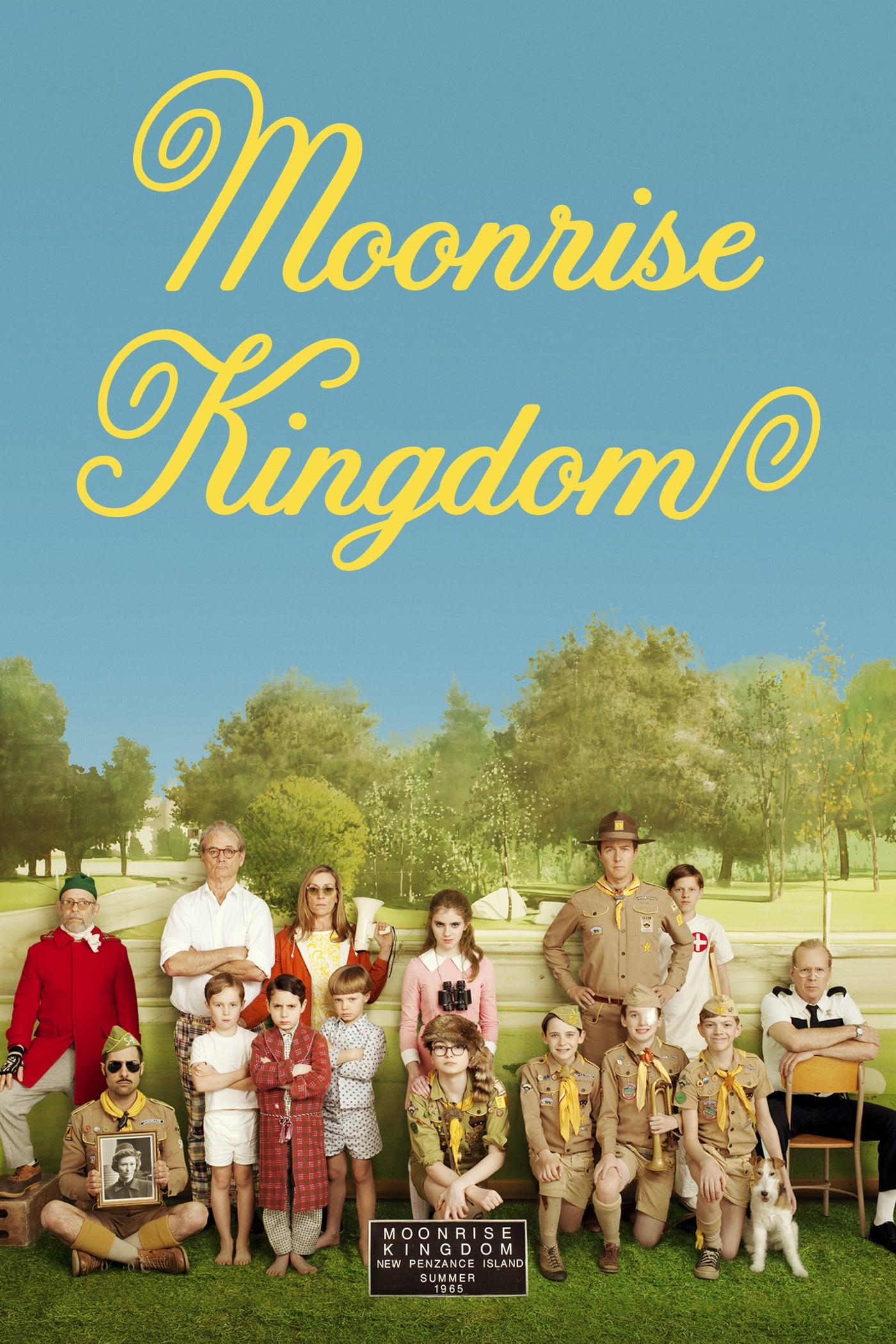
In ‘Moonrise Kingdom,’ a scene featuring a kiss between two young teenagers was filmed with careful consideration for the performers’ well-being. The set was closed off, and the actors wore modesty garments. All choreography was pre-approved by both the children’s guardians and studio representatives. The filmmakers also provided information to the press detailing these safety measures. The film received a PG-13 rating, accompanied by advice for parents regarding the film’s mature themes.
‘The Blue Lagoon’ (1980)

When Brooke Shields filmed ‘The Blue Lagoon’ at age 14, the movie dealt with themes of teenage sexuality while set on a remote island. To navigate legal restrictions and protect Shields, the filmmakers used body doubles for nude scenes and carefully planned each shot. Records from the filming show that she received on-set tutoring, worked limited hours, and had a guardian present. The film led to discussions and changes in how the industry confirms the age of young actors and utilizes doubles.
‘The Painted Bird’ (2019)
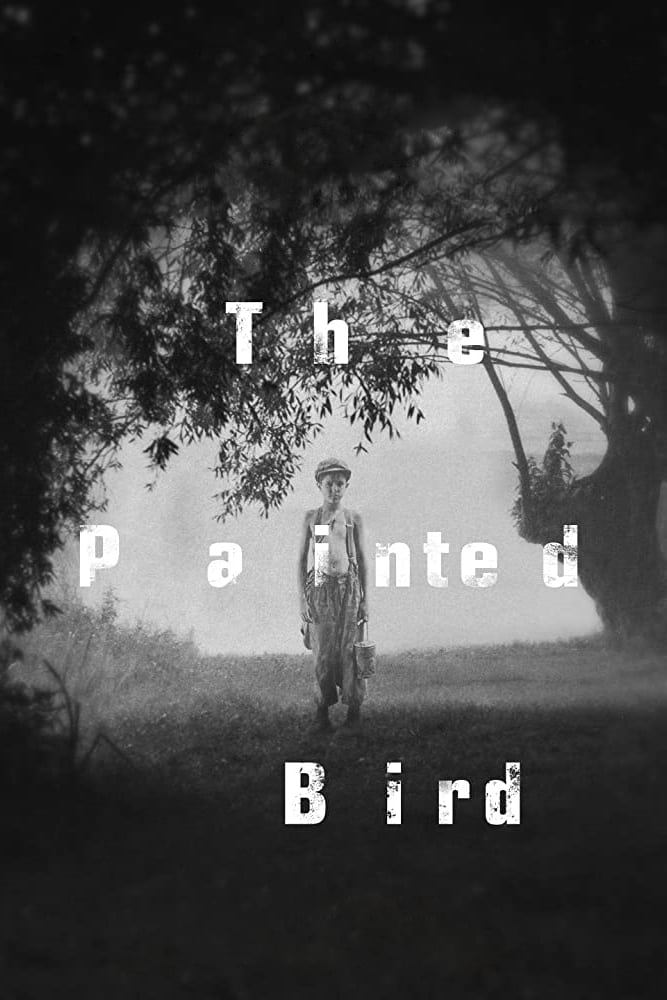
‘The Painted Bird’ tells the story of a boy who experiences the horrors of war. To protect the young actor playing him, the director used careful editing, stand-ins, and filmed scenes in pieces. Because the film contains very disturbing violence, screenings included warnings for viewers. The filmmakers also worked closely with the actor’s parents and teachers to manage his work and discuss the difficult scenes afterward.
‘Beasts of No Nation’ (2015)
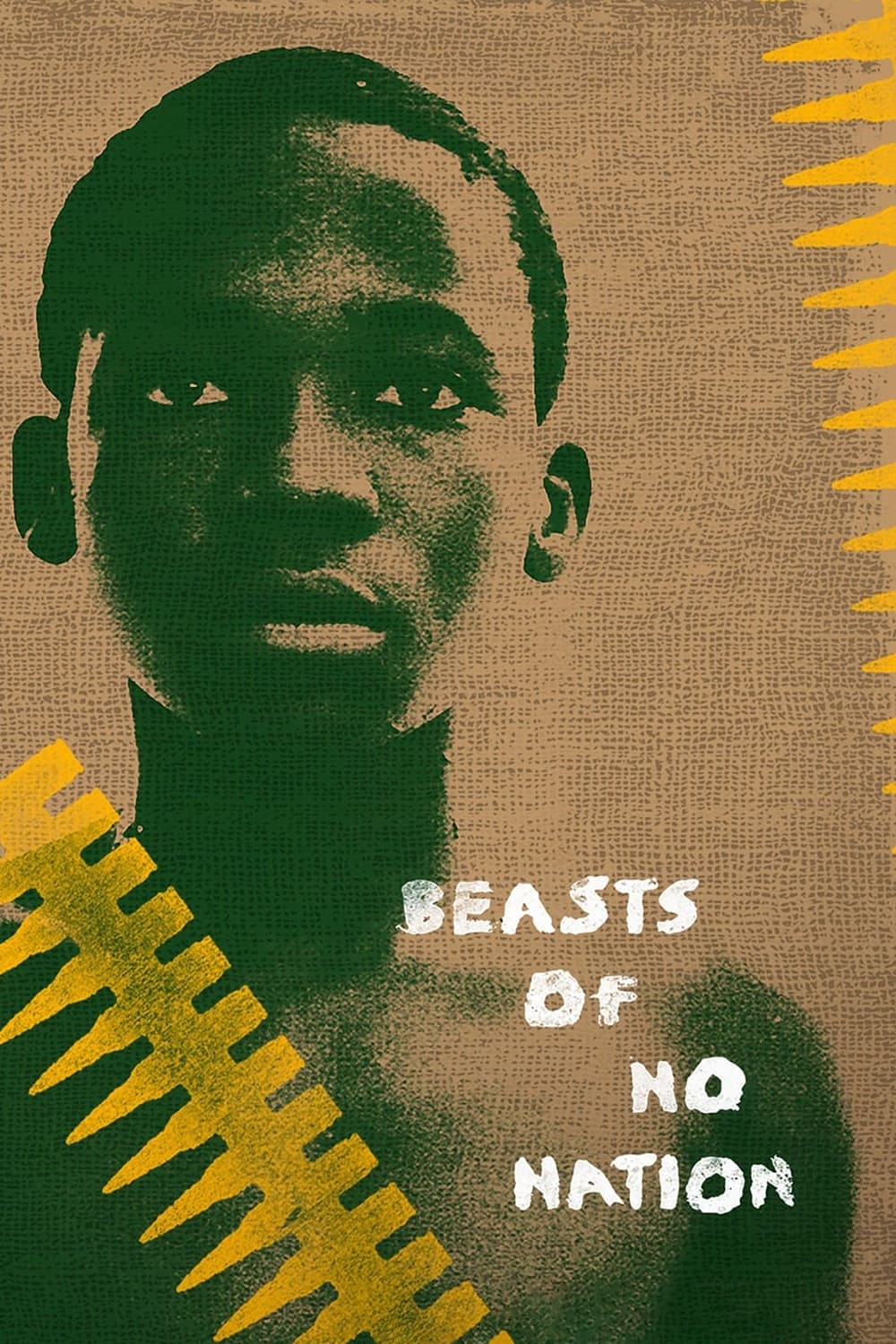
‘Beasts of No Nation’ tells the story of a young boy forced to become a soldier, played by Abraham Attah. The filmmakers worked with experts in trauma to ensure a sensitive approach and used special effects during battle scenes. They also prioritized the well-being of the young actor by scheduling tutoring and limiting his working hours each day. The film’s release highlighted its educational goals, aiming to raise awareness about the issue of child soldiers.
‘Gummo’ (1997)
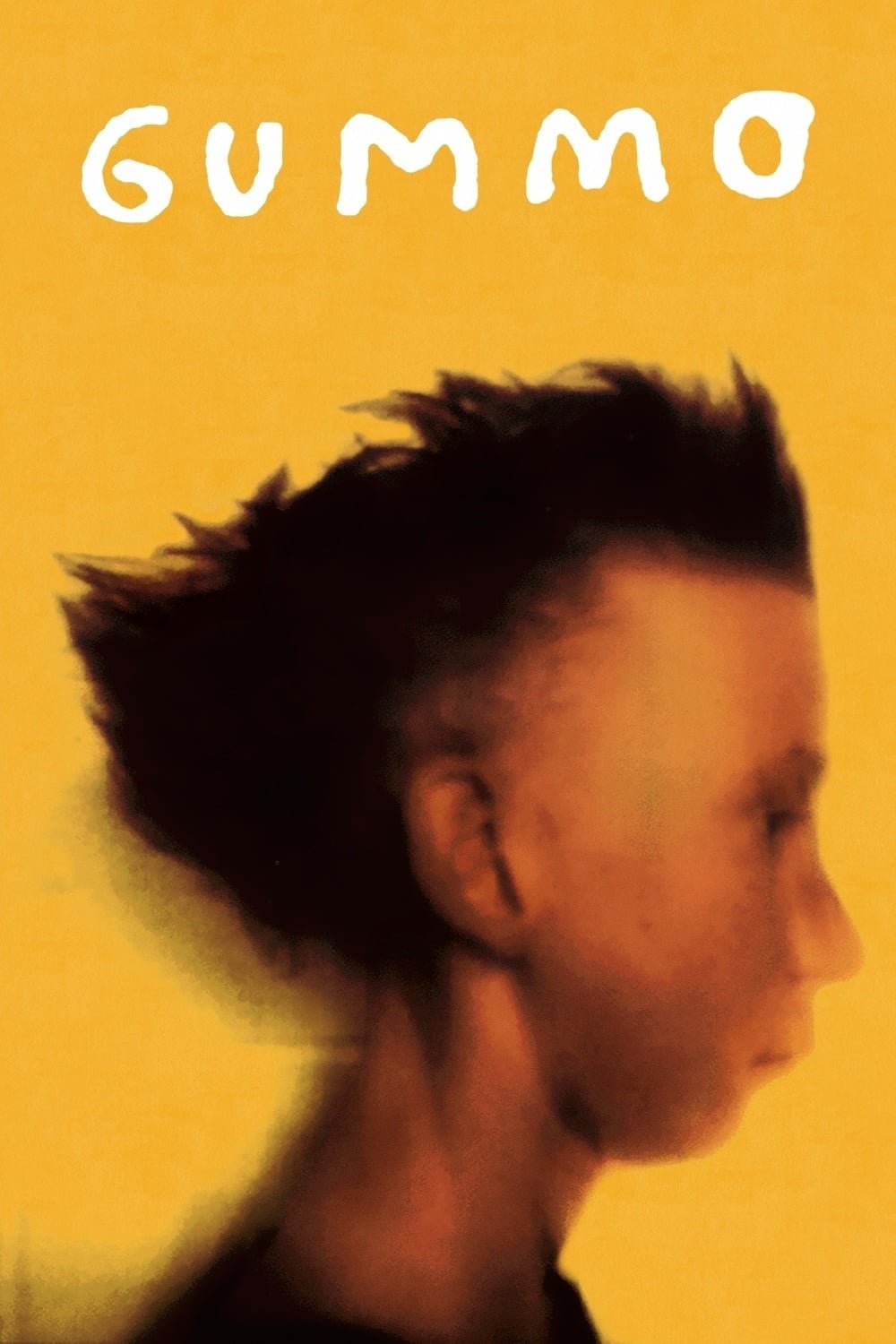
The movie ‘Gummo’ showed realistic, unscripted scenes of kids and teenagers, some of which involved potentially dangerous activities. While filming, the crew took precautions like getting permission to film in certain locations, consent from parents or guardians, and keeping the sets closed to the public to minimize risks. However, the film’s realistic and sometimes unsettling style led some theaters to restrict showings to adults. The way the film was made also sparked conversations in schools about filmmaking techniques and the ethical considerations of working with minors.
‘American Beauty’ (1999)
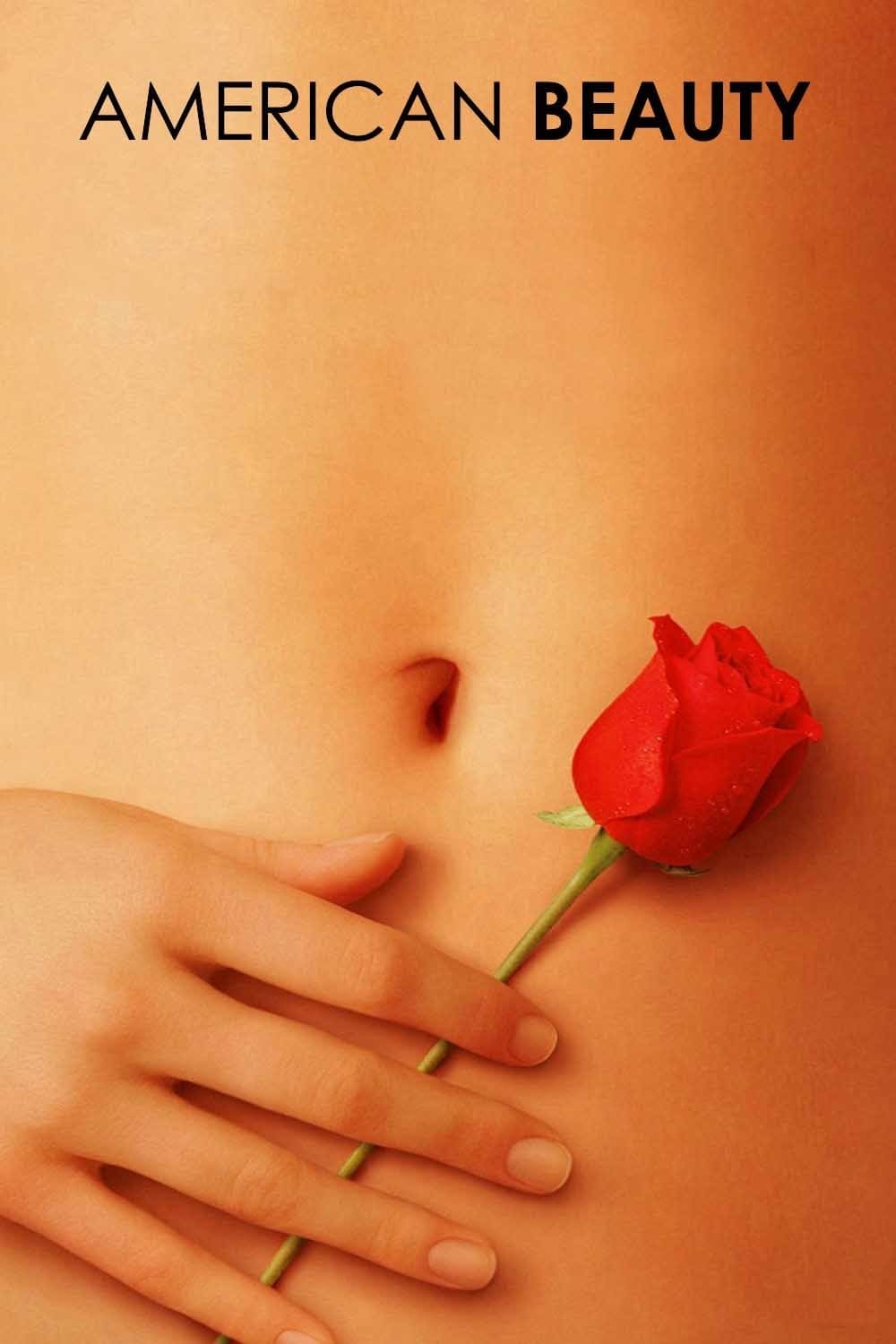
When Thora Birch filmed ‘American Beauty’ as a minor, a scene involving partial nudity was handled with strict safeguards. Her parents gave permission, and the filming was approved by the relevant unions. The set was carefully controlled to ensure her privacy and comfort, with a limited schedule and specific guidelines. Formal waivers were signed, and a parent or guardian was present for any sensitive filming. The movie itself was rated R and included warnings about its sexual content.
Share the roles you think created the most important industry changes in the comments.
Read More
- Silver Rate Forecast
- Красный Октябрь акции прогноз. Цена KROT
- Gold Rate Forecast
- Nvidia vs AMD: The AI Dividend Duel of 2026
- Dogecoin’s Big Yawn: Musk’s X Money Launch Leaves Market Unimpressed 🐕💸
- Bitcoin’s Ballet: Will the Bull Pirouette or Stumble? 💃🐂
- Navitas: A Director’s Exit and the Market’s Musing
- LINK’s Tumble: A Tale of Woe, Wraiths, and Wrapped Assets 🌉💸
- Can the Stock Market Defy Logic and Achieve a Third Consecutive 20% Gain?
- Solana Spot Trading Unleashed: dYdX’s Wild Ride in the US!
2025-11-05 18:24